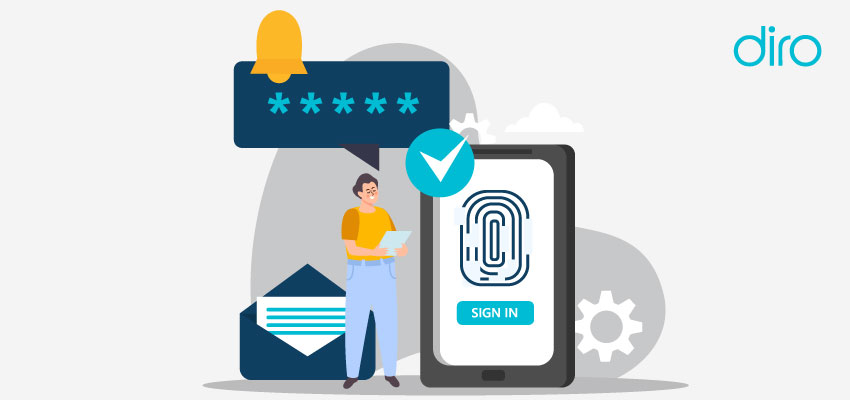Sanctions screening is a crucial part of the eKYC process. eKYC is when a business onboard a customer/business digitally. This process is necessary for financial institutions and other businesses looking to onboard customers globally.
Using eKYC, businesses can minimize risks, prevent fraud, and meet compliance. In this blog, we’ll talk about Sanctions screening and its importance for financial institutions.
What Are Sanctions?
Sanctions are restrictions set up by the government and international bodies to achieve policy and security objectives. These measures can target individuals and countries and include travel bans, asset freezes, arms embargoes, or economic restrictions. Sanctions are made by governments to influence behaviors, deter illegal activities, and more.
Common types of sanctions include:
- Economic sanctions
- Diplomatic sanctions
- Military sanctions
- Sporting sanctions
- Environmental sanctions
Why is it important?
Sanctions are important for legal and regulatory reasons, to avoid fines, and to sustain reputations. One major reason governments and other entities impose sanctions is to maintain global security.
Sanctions prevent the flow of resources to entities such as terrorists, human traffickers, or groups developing weapons of mass destruction. In some situations, sanctions are an absolute must.
Important in Financial Institutions
Sanctions screening is an essential part of financial institutions while onboarding. Financial institutions are always the first choice for fraudsters for money laundering. Including the sanctions screening in the onboarding process can allow financial institutions to prevent illegal activities, protect their assets, and also make sure that customers don’t engage with sanctioned individuals.
Anti-money laundering (AML) regulations are designed to prevent fraudsters from using the bank’s networks to clean the money obtained by illegal methods.
Consider a bank that doesn’t have a sanctions policy in place, most likely the number of frauds will go up. For customers, they can be taken advantage of without even knowing about it.
How Does Sanction Screening Work?
Sanction screening involves a number of steps:
- Data Collection – Gathering customer information from every available source
- Screening – Comparing customer data against sanction lists, watch lists, and PEP lists.
- Risk Assessment – Evaluating the risk level associated with each customer or transaction.
- Monitoring – Regularly monitoring customer transactions and behaviors for any sudden changes or suspicious behaviors.
- Reporting – Reporting any matches or suspicious activities to relevant authorities.
Key Sanctioning Bodies
Several key organizations are responsible for issuing and enforcing sanctions. These include:
- United Nations (UN)
The UN imposes sanctions to maintain or restore international peace and security. These sanctions are typically adopted by the Security Council and can include asset freezes, travel bans, and arms embargoes.
- European Union External Action Service (EU EEAS)
The EU EEAS manages the EU’s foreign policy and security. It implements sanctions to promote international peace and security, uphold human rights, and combat terrorism.
- Office of Foreign Assets Control (OFAC)
OFAC, part of the U.S. Department of the Treasury, administers and enforces economic and trade sanctions. These sanctions are based on U.S. foreign policy and national security goals.
- His Majesty’s Treasury (HMT)
HMT oversees the UK’s financial and economic policy. It implements sanctions to meet the UK’s foreign policy and national security objectives.
When Should Financial Institutions Conduct Sanctions Screening?
Financial institutions should conduct screenings at multiple touchpoints during a customer lifecycle:
- Onboarding – During the initial onboarding process make sure that the customer is not a sanctioned entity.
- Continuous monitoring – Continuously monitor the customer throughout their lifecycle and look out for any changes in behavior, habits, and any changes in their status.
- Transaction screening – For specific transactions, especially cross-border transactions, to ensure compliance with sanctions.
Common Challenges in Sanctions Screening
Sanctions screening is not a flawless solution for you or your company. Various factors can affect its reliability:
- Data Quality: Inaccurate or incomplete data can result in false positives or negatives.
- Complex Regulations: Navigating the constantly evolving regulatory landscape is challenging.
- Resource Intensive: Effective sanctions screening demands significant resources, including advanced technology and skilled personnel.
- False Positives: A high rate of false positives can lead to operational inefficiencies and increased costs.
For instance, a large bank might encounter hundreds of false positives daily due to common names or incomplete data. Each potential match needs to be investigated by compliance staff, which is both time-consuming and expensive.














